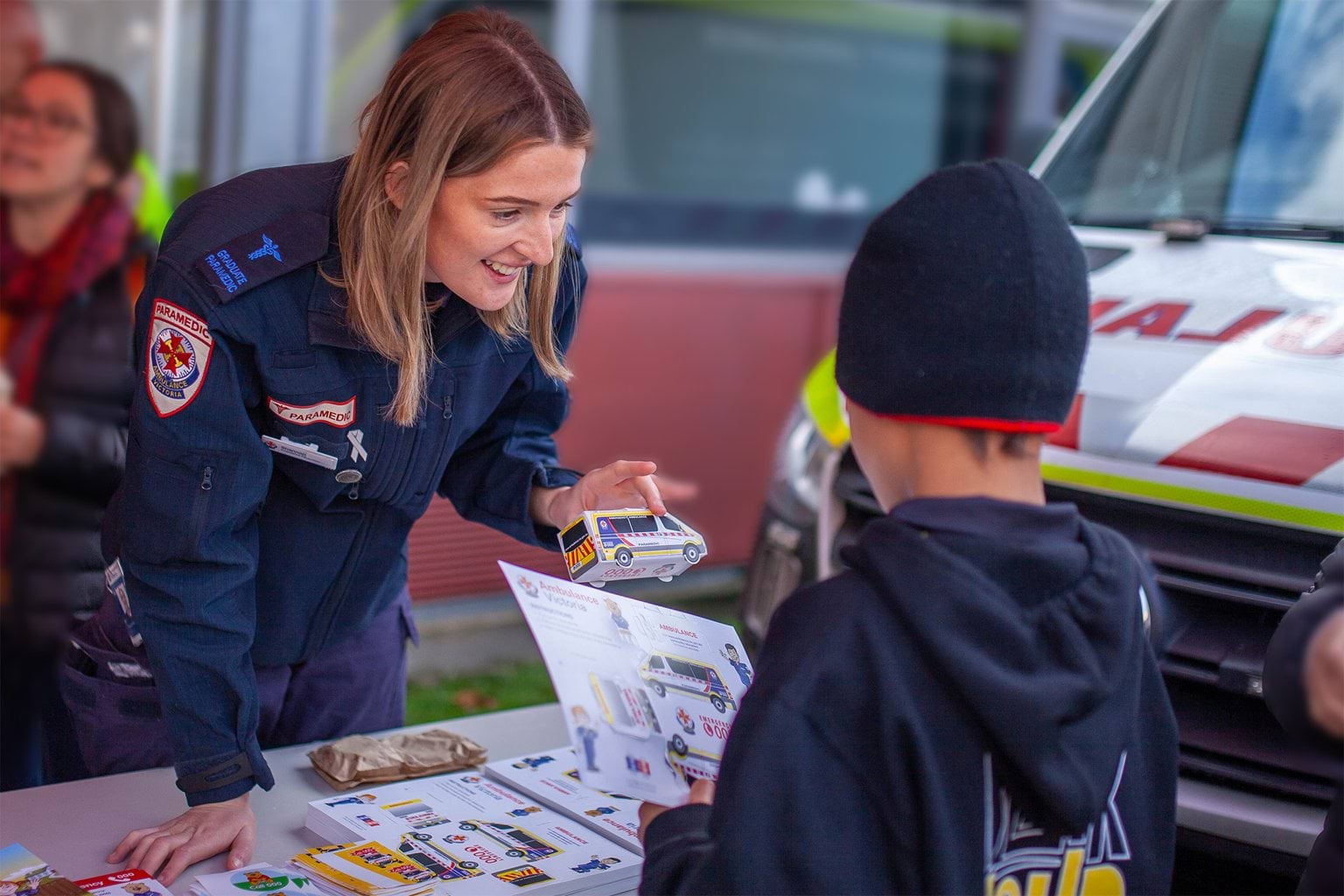Donate to Ambulance Victoria
Donate to help us give the best emergency care.
Membership
An Ambulance Victoria membership protects you against costs for ambulance transport and paramedic care. Sign up or log in to renew your membership.
Treatment and transport invoices
If you don’t have a membership or other coverage, you’ll need to pay for your Ambulance Victoria care.
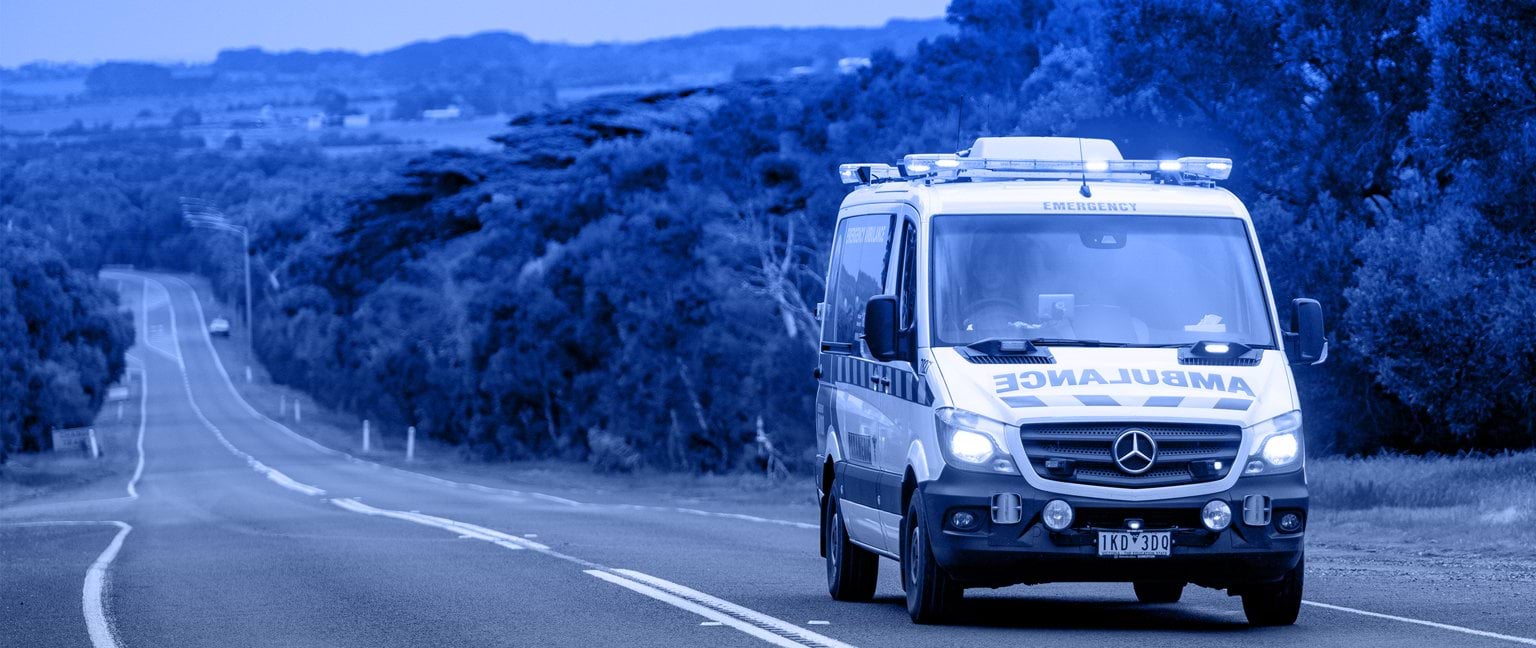
Calling an ambulance
When should you call an ambulance? Call Triple Zero (000) if you or someone you’re with needs urgent medical help.
Non-emergency services
Help for when you need urgent healthcare but it's not life-threatening and you can't wait to see your GP.
AV updates
Get all the news and updates from Ambulance Victoria.
News
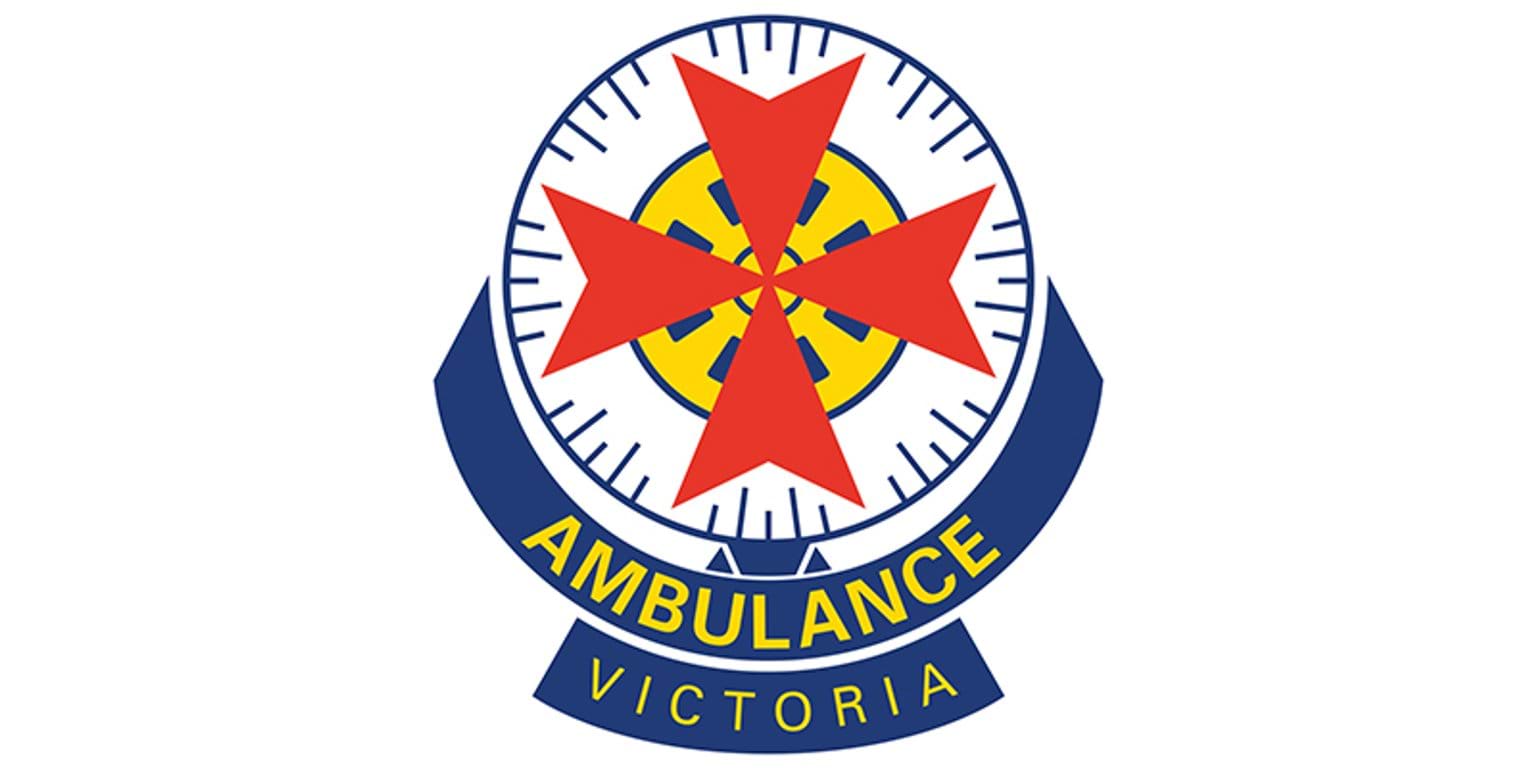
Red escalation of ambulance services across Victoria
Ambulance Victoria has declared a Red Escalation across Victoria from 7am on Friday 9 January 2026.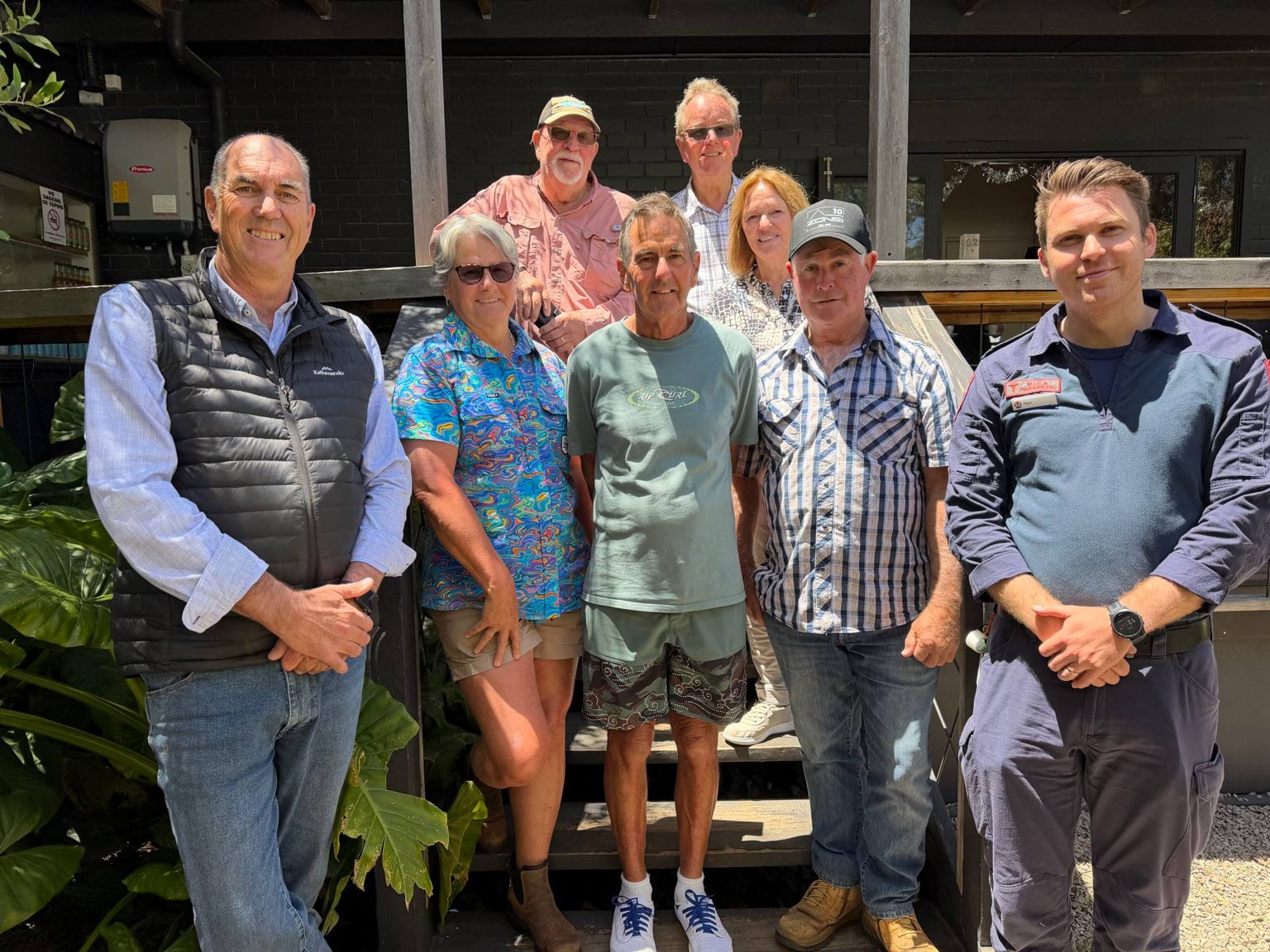
Victorian towns better equipped to respond to cardiac arrests
In a testament to community preparedness, 72-year-old Lloyd Hosking is alive today thanks to swift action and lifesaving resources in Red Hill - a designated Heart Safe Community.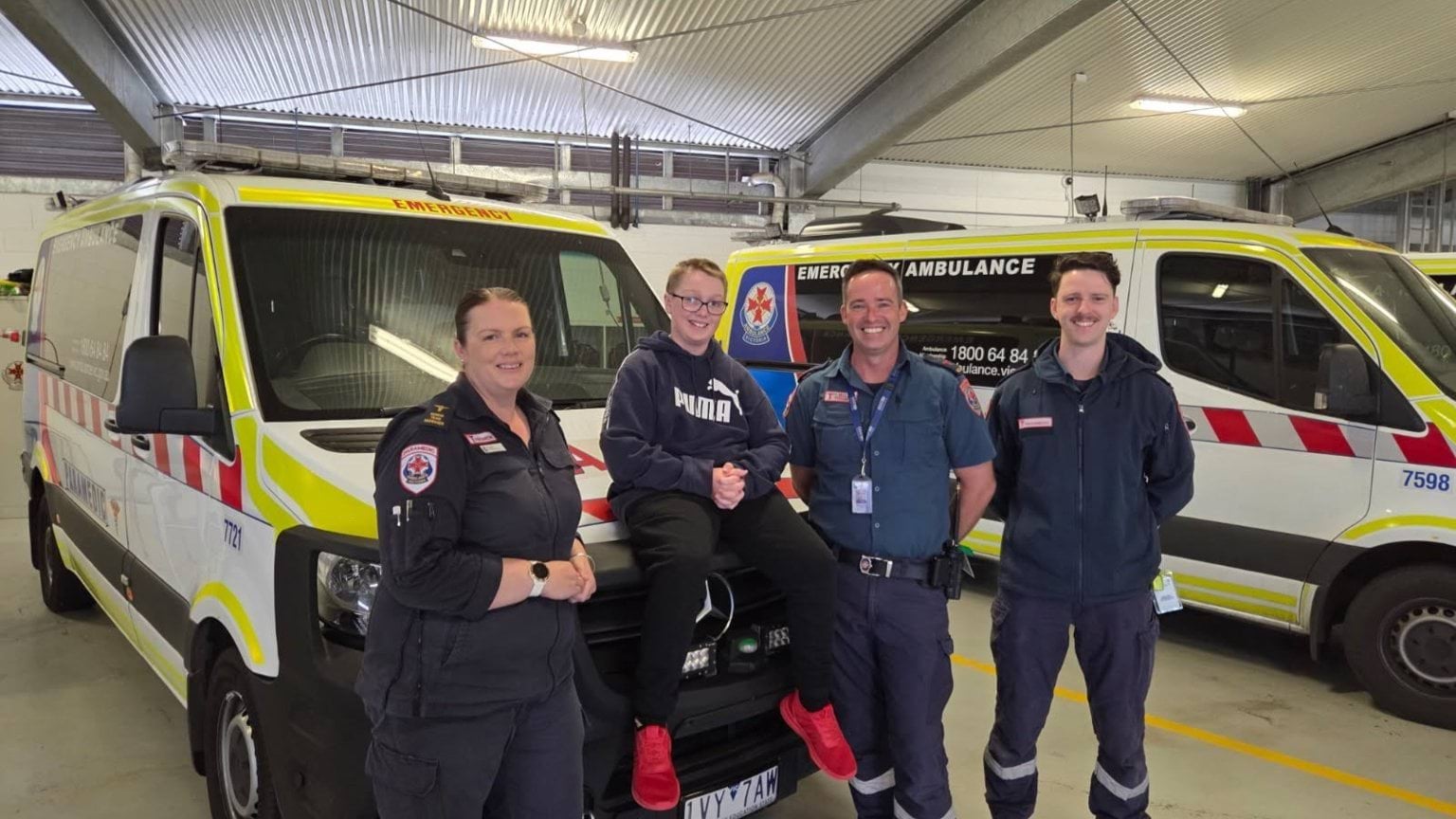
Paramedics celebrate new year with 11-year-old stroke survivor
New Year celebrations were a bit more special for one Warrnambool family this year, having the chance to thank the Ambulance Victoria (AV) paramedics who helped save the life of their 11-year-old boy who had a stroke at school.
Updated



